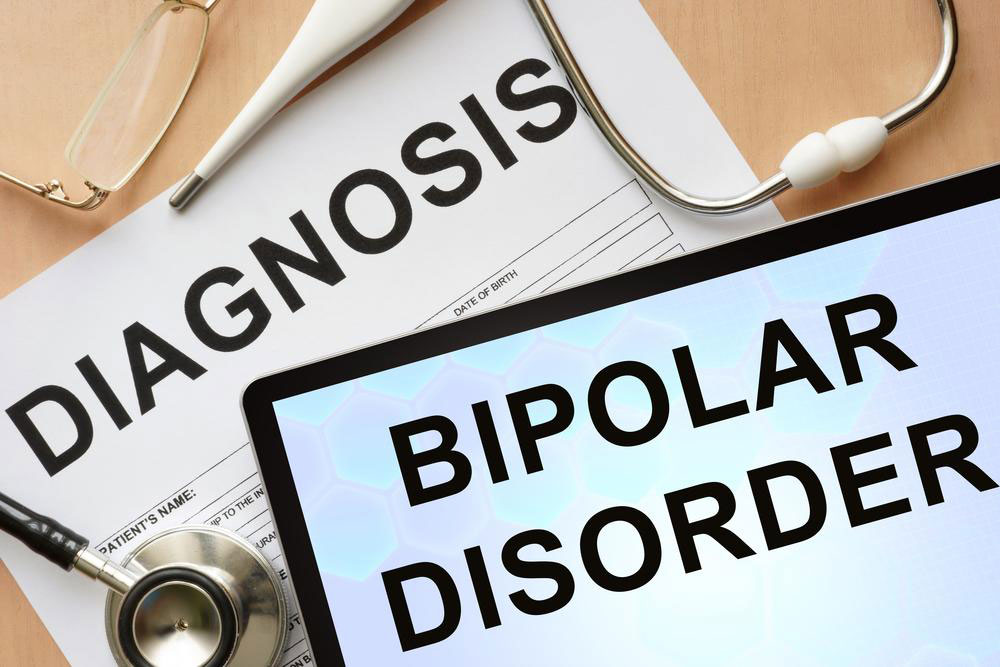Comprehensive Guide to the Different Types of Depression and Their Treatments
This comprehensive guide explores the different types of depression, including persistent depressive disorder, atypical depression, bipolar disorder, SAD, psychotic depression, and major depression. It emphasizes the importance of proper diagnosis and tailored treatment options such as therapy, medication, and advanced procedures like ECT and rTMS. Understanding these variations helps individuals seek effective help and improve their mental health.

Understanding the Various Forms of Depression and Effective Treatment Options
Depression is a complex and multifaceted mental health disorder that affects millions of people worldwide. It is characterized primarily by persistent feelings of sadness, hopelessness, and a loss of interest or pleasure in daily activities. While everyone experiences sadness from time to time, depression involves a deeper, more pervasive state of emotional disturbance that can significantly impair one’s ability to function physically, emotionally, and socially. Recognizing the different types of depression is crucial for appropriate diagnosis and effective treatment.
Depression manifests in various forms, each with unique symptoms, triggers, and treatment strategies. It’s essential for individuals experiencing symptoms to seek professional evaluation to determine the specific type they are dealing with. Accurate diagnosis can lead to targeted therapies that improve outcomes and restore quality of life.
Common classifications of depression include:
Persistent Depressive Disorder (Dysthymia): Often considered a chronic, low-grade depression, dysthymia lasts for years and provides a persistent feeling of sadness or hopelessness. Despite its milder nature compared to major depression, it can significantly impair day-to-day functioning and quality of life. Individuals often experience a stagnant emotional state that can persist unnoticed for long periods.
Atypical Depression: This subtype is characterized by mood reactivity, meaning a person’s mood can improve temporarily in response to positive events. Symptoms may include excessive sleep, increased appetite, and sensitivity to rejection. It can be challenging to diagnose as its presentation differs from classic depression symptoms.
Bipolar Disorder: Unlike unipolar depression, bipolar disorder involves episodes of depression alternating with periods of mania or hypomania—a state of elevated, expansive, or irritable mood. The extreme mood swings can disrupt relationships, work, and daily functioning. Treatment usually combines mood stabilizers, psychotherapy, and medication management.
Other significant types include:
Seasonal Affective Disorder (SAD): Suffering from depression during specific seasons, typically winter, this form is linked to changes in sunlight exposure. It often involves fatigue, overeating, weight gain, and craving for carbohydrates. Light therapy and antidepressants are common treatment options.
Psychotic Depression: This severe form includes symptoms of psychosis such as hallucinations or delusions alongside typical depression symptoms. It requires urgent medical attention, often with hospitalization and a combination of antipsychotic medication and antidepressants.
Major Depression: Known as clinical depression, this is characterized by intense sadness, hopelessness, loss of interest in hobbies, significant weight changes, sleep disturbances, psychomotor agitation or retardation, fatigue, feelings of guilt or worthlessness, and concentration difficulties. It can last for weeks or months and may recur. Treatment typically involves psychotherapy (such as cognitive-behavioral therapy), antidepressant medications, and sometimes advanced procedures like electroconvulsive therapy (ECT) or repetitive transcranial magnetic stimulation (rTMS) for resistant cases.
Understanding these various types of depression is vital for those affected, as each requires a tailored approach for management and recovery. Advancements in psychiatric research continue to improve comprehension and treatment strategies, providing hope for millions suffering from this often misunderstood condition. Early intervention, combined with professional support, can dramatically enhance the prognosis and lead to a healthier, more fulfilling life.





